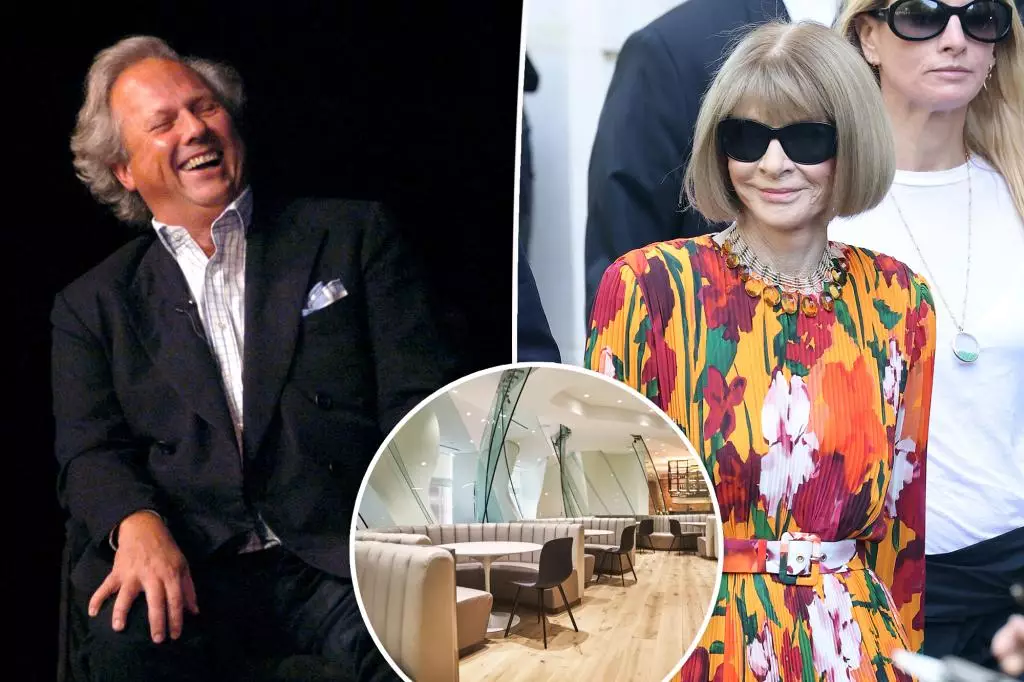Once a symbol of prestige and exclusivity, the cafeteria at Condé Nast embodied more than just a place to eat; it was a sanctuary of influence and social stratification. Nestled within the Frank Gehry-designed headquarters, it served as a clandestine arena where the media elite gathered, exchanged secrets, and reinforced their status. When the office relocated from Madison Avenue to Times Square, the cafeteria’s transformation from a humble dining space to a meticulously curated spectacle symbolized a broader shift in how corporate power manifested. It was deliberately designed to impress, to mystify, and to foster an environment where gossip and alliances thrived under the guise of a luxurious lunchroom.
The Architecture of Elite Perception
Gehry’s daring architectural choices—glimmering titanium panels, sinuous Venetian glass, and eclectic design elements—were not simply aesthetic; they were messages. The space’s contours and materials communicated exclusivity, modernity, and a keen awareness of image. Such design choices sought to shape perceptions, making the cafeteria less a place for nourishment and more a stage for social signaling. This obsession with appearance extended beyond architecture. The deliberate placement of distorted mirrors, intended to make passersby look thinner and more attractive, revealed an obsessive concern with outward superficiality—much like the industry itself. It was a physical manifestation of the values held by the media aristocracy: appearance, influence, and control.
Culture of Opulence and Control
The lavishness of the cafeteria, and the hefty budget allocated—estimated between $10 million and $30 million—highlighted a disconnect from the working-class ethos of nourishment. Instead, it reaffirmed a culture that prioritized image and elite rituals. The ban on garlic, for example, might seem trivial but signified a nuanced control over the sensory experiences within this exclusive space. Everything was curated to uphold standards, reinforce hierarchy, and create an environment that prioritized spectacle over practicality. This cafeteria wasn’t merely about sustenance; it was about constructing a narrative of power, influence, and elite cohesion.
The Diminishing Relevance and Nostalgic Myth
The closure of the Gehry cafeteria and its subsequent transformation into spaces for legal firms marked the end of an era that celebrated opulence and exclusivity through design. Yet, as Condé Nast prepares to re-engage with its storied past—marked by the upcoming book launch—it becomes clear that this legendary space endures as a mythic symbol. It represented more than a dining area; it was an emblem of a corporate aristocracy whose rituals and aesthetics sought to differentiate itself from the masses. In a sense, the return to the cafeteria for cultural events underscores a nostalgic longing for that golden age—a time when architecture and attitude worked in tandem to craft an identity that defined an entire industry’s cultural capital.

